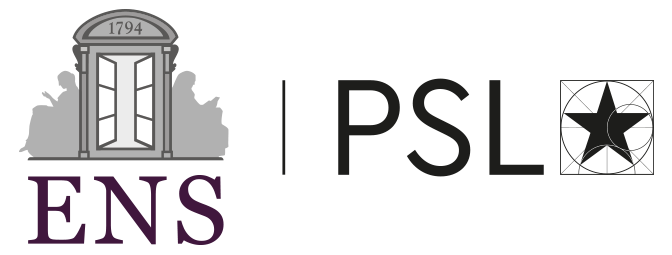Language Conditioned Spatial Relation Reasoning for 3D Object Grounding
|
|
|
|
|
|
|
|
|
|
Abstract
Localizing objects in 3D scenes based on natural language requires understanding and reasoning about spatial relations. In particular, it is often crucial to distinguish similar objects referred by the text, such as "the left most chair" and "a chair next to the window". In this work we propose a language-conditioned transformer model for grounding 3D objects and their spatial relations. To this end, we design a spatial self-attention layer that accounts for relative distances and orientations between objects in input 3D point clouds. Training such a layer with visual and language inputs enables to disambiguate spatial relations and to localize objects referred by the text. To facilitate the cross-modal learning of relations, we further propose a teacher-student approach where the teacher model is first trained using ground-truth object labels, and then helps to train a student model using point cloud inputs. We perform ablation studies showing advantages of our approach. We also demonstrate our model to significantly outperform the state of the art on the challenging Nr3D, Sr3D and ScanRefer 3D object grounding datasets.

Example sentences that refer to objects in 3D scenes. The green box denotes the ground-truth object, the blue box is the prediction from our model, and the purple one is from a baseline model without explicit spatial reasoning and knowledge distillation.
Method

Left: overview of the our model; Right: language-conditioned spatial self-attention.
BibTeX
@InProceedings{chen2022vil3dref,
author = {Chen, Shizhe and Guhur, Pierre-Louis and Tapaswi, Makarand and Schmid, Cordelia and Laptev, Ivan},
title = {Language Conditioned Spatial Relation Reasoning for 3D Object Grounding},
booktitle = {NeurIPS},
year = {2022},
}
Acknowledgements
This work was granted access to the HPC resources of IDRIS under the allocation 101002 made by GENCI. It was funded in part by the French government under management of Agence Nationale de la Recherche as part of the “Investissements d’avenir” program, reference ANR19-P3IA-0001 (PRAIRIE 3IA Institute) and by Louis Vuitton ENS Chair on Artificial Intelligence.
Copyright
The documents contained in these directories are included by the contributing authors as a means to ensure timely dissemination of scholarly and technical work on a non-commercial basis. Copyright and all rights therein are maintained by the authors or by other copyright holders, notwithstanding that they have offered their works here electronically. It is understood that all persons copying this information will adhere to the terms and constraints invoked by each author's copyright.

